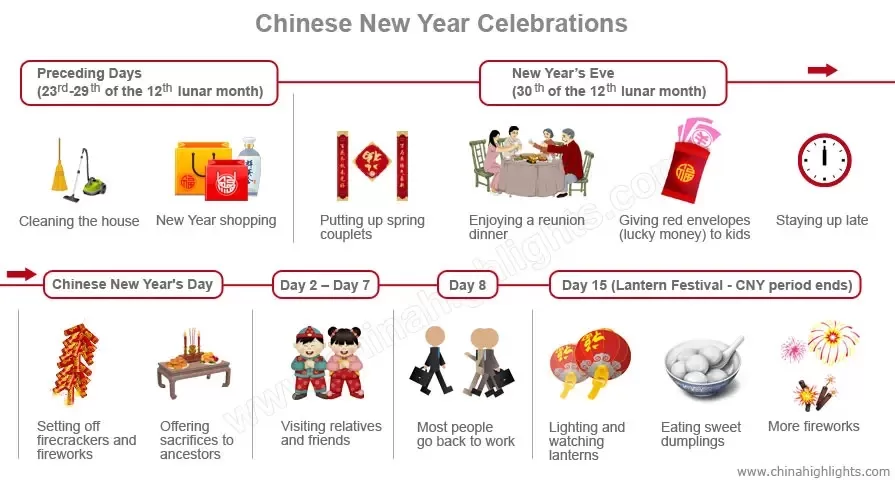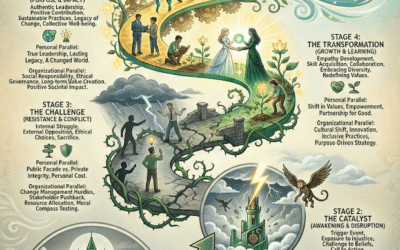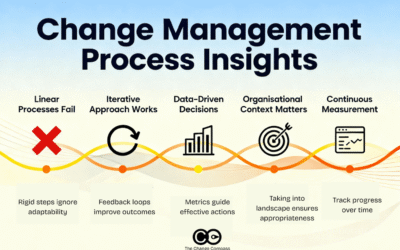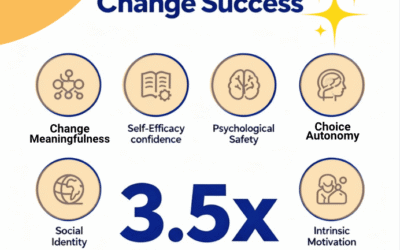It is the year of rabbit in the Chinese New Year of 2023. A quarter of the world’s population celebrates this. It is also the first year that a lot of countries are emerging from Covid and where there are little or no restrictions on travel and movement. People are travelling again and taking vacations. There is optimism in the air. Optimism that hopefully, the year brings better luck in health and economy for people a new year with hopefully less change and fewer disruptions.
With any Chinese New Year, there is a set of traditional customs that accompany the new year. These customs have developed over the years as people gather to pray, to gather, to celebrate, and to make wishes for the new year. For example, the customs of a family getting together to clean their house, having dinner, and staying u late on New Year’s Eve were formed in the Wei and Jin dynasties (220-420 AD). From the Tang dynasty (618-907 AD) entertainment formed including as firecrackers, dragon and lion dances, and lantern shows.
These customs have been formed to welcome the new and the good and remove the bad and the old. It helps to gear the families and communities to bring positivity in facing the new year. These rituals help people focus on the milestone and use it as an opportunity to reset and renew.
In running change projects, we also need to re-gear ourselves for the new year so that we ourselves are in the right head space and outlook to drive successful change in the new year. How might we do this? Chinese new year customs offer some useful suggestions.
Tip 1 – Getting the house in order
To prepare for the new year the Chinese clean their houses and surrounding areas as a symbol of sweeping out any misfortune and traces of bad luck. This is aimed to rid the house of back luck and misfortune of the past to open up the spaces for all that is new, including good luck.
Change practitioners should also follow suit to ensure that their change initiative is set up for success. Keeping the ‘house in order’ means:
- Ensuring the documentation and data are optimised, easy to access, orderly, and can meet audit requirements.
- Access to files is well organised and appropriate. Roles that no longer require access may need permission updates
- The change team resourcing is optimised. Is there sufficient change resources to meet project requirements for the new year? How can resourcing be optimised? If the change management stream was asked to cut costs, what would be items to consider?
Tip 2: Visiting relatives and friends – or stakeholders
Another Chinese New Year custom is to visit friends and relatives. This is a way for people to bring good wishes to each other. Often these visits involve bringing gifts such as fruit and local products.
Change practitioners should begin the new year by meeting with various stakeholder groups. Bring positive thoughts and wishes to your meetings. Re-connect with your stakeholder groups to find out how their holiday period fared. This may be one of those few opportunities during the year where you’re able to connect to your stakeholders at a personal level by understanding more about their families (whatever form the family may consist of).
When you re-connect with your stakeholder groups, think about:
- What are the new or changing needs of your stakeholders in the new year?
- Which stakeholders do you need to spend more or less time with as a result of your experience last year?
- Where are your stakeholders along the change journey? What else could help to speed up their adoption of the change?
- What communication, engagement, and learning needs have worked well or not so well with them?

Tip 3: Setting off firecrackers and fireworks – or re-highlighting the change
In the Chinese New Year, the firecrackers and fireworks are to create a festive atmosphere to welcome the new year. It is about creating the right environment.
In a similar way, change practitioners need to think about how to open the new year with a bang to re-orient their stakeholders to focus on the change. This does not mean setting off fireworks literally. But it means being clear about what communications and engagement tactics might be needed to create the right environment for people to focus on the change in the new year.
It may not need to be a communications campaign. Some ideas of what may work in organisations to draw attention to re-orientate back to the focus on the change:
- An interview with the project sponsor
- Town hall session
- A social lunch or drinks session
- Posters and cards
- Emails about the focus for the year
- Show-and-tell session about the holiday period
Tip 4: New year’s shopping – or update
People buy food and gifts for Chinese New Year for friends and family to celebrate the fresh new year. This also includes wearing new clothes as a symbol of good health and prosperity for the new year.
In a similar vein, change practitioners should think about what reset or update is needed for the new year. What has been learned from the past year which can be applied in the new year? Does the change approach need to be adjusted or tweaked for the new year?
What aspects of the change needs to be updated for the new year?
These might include such as:
- New survey format or tool to allow the project to easily design conditional questioning to probe deeper into potential change readiness and change adoption blockers
- Change messaging or positioning that may need to be tweaked to better resonate with particular stakeholder groups. Look at the data in terms of feedback, click rates, or viewership rate of communication materials as evidence
- Change measurement system may need to be tweaked. Are you able to collect the right type and level of data to make critical change decisions? How should measures be altered accordingly to better suit the demands of the new year?
- Leverage AI and automation to work more productively and deliver more value. There is ChatGPT which is wildly talked about that can uses to write content for all types of purposes. The Change Compass also offers a range of automation and AI tools to make your lives easier in delivering change
These are some of the ways in which change practitioners can practice traditional Chinese New Year’s customs and rituals and apply them to their projects. Customs have been formed over hundreds of years and exist to mark milestones collectively for people. They help gear us for the new year, to be better prepared, and to be in the right mindset. Moreover, they help us to have the capacity to be optimistic. Through optimism, we can welcome the new year with intentions toward successful change.






